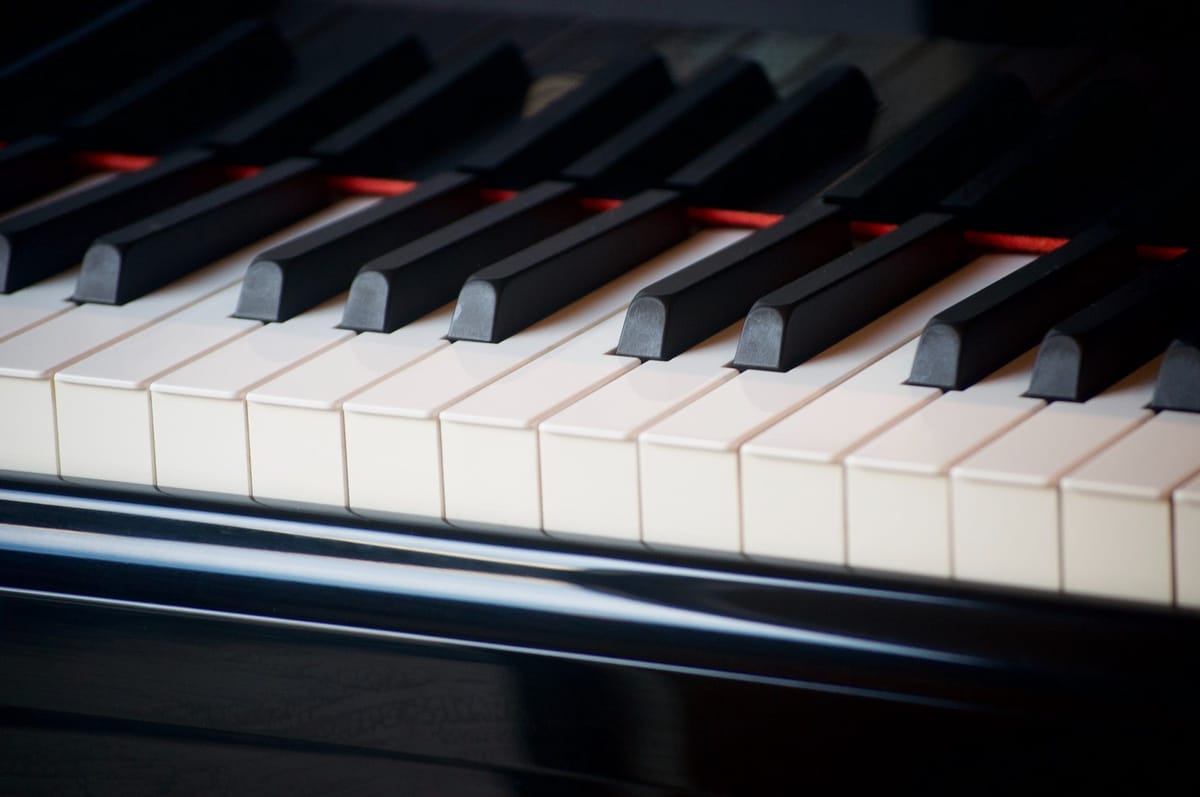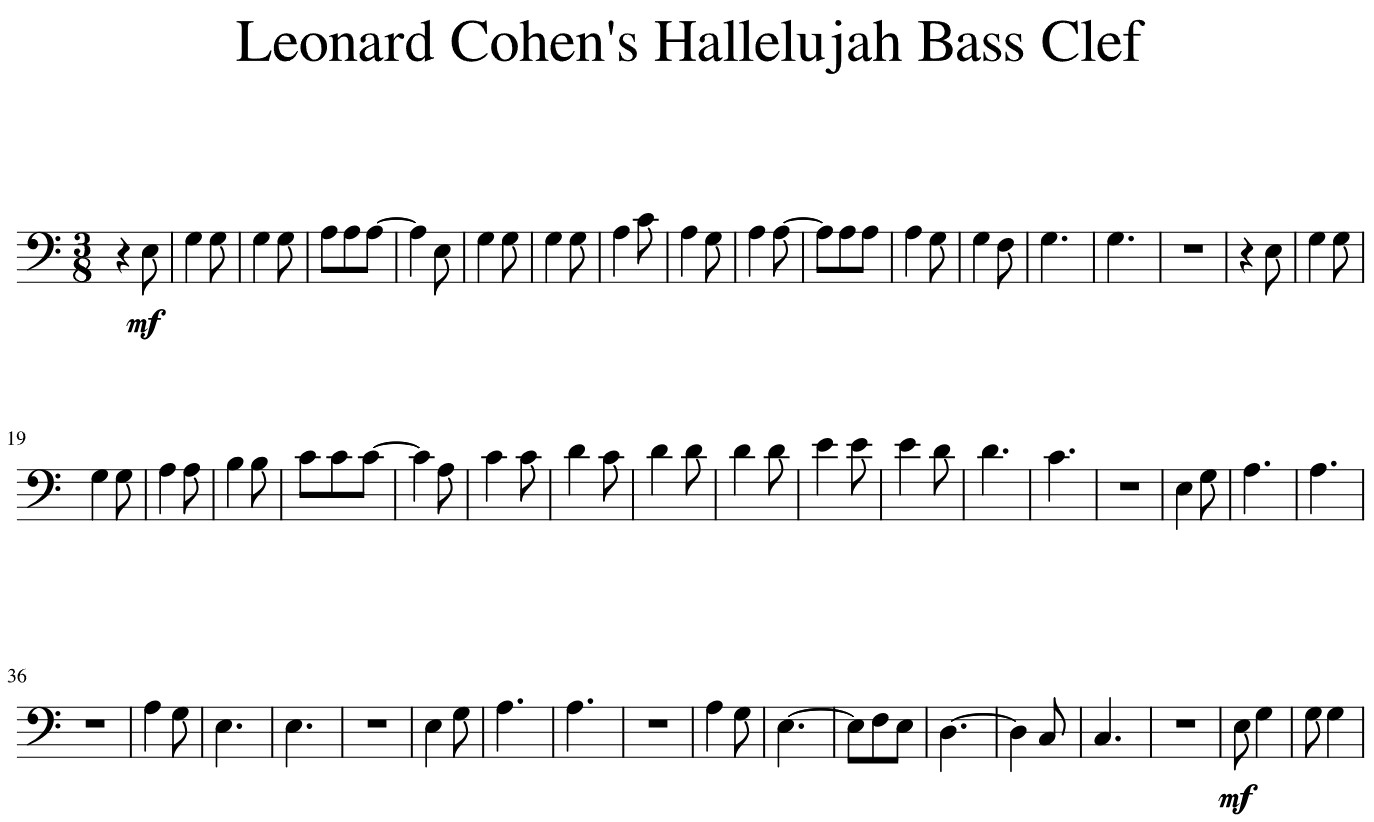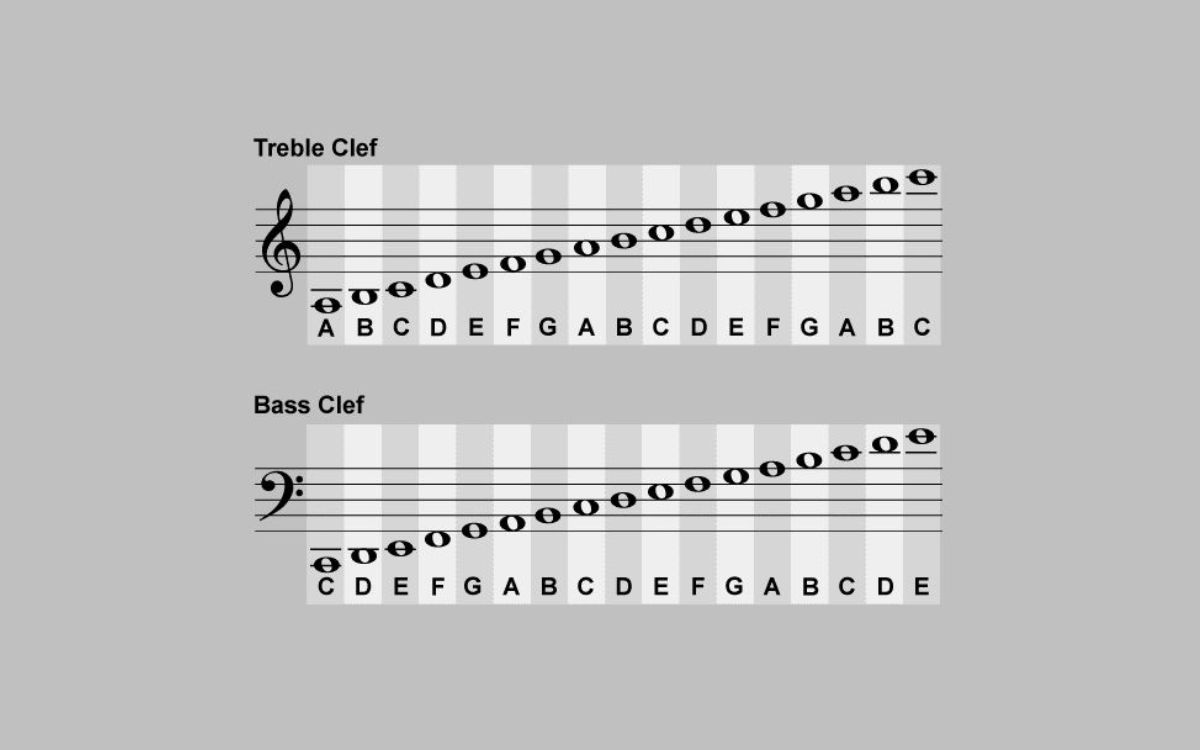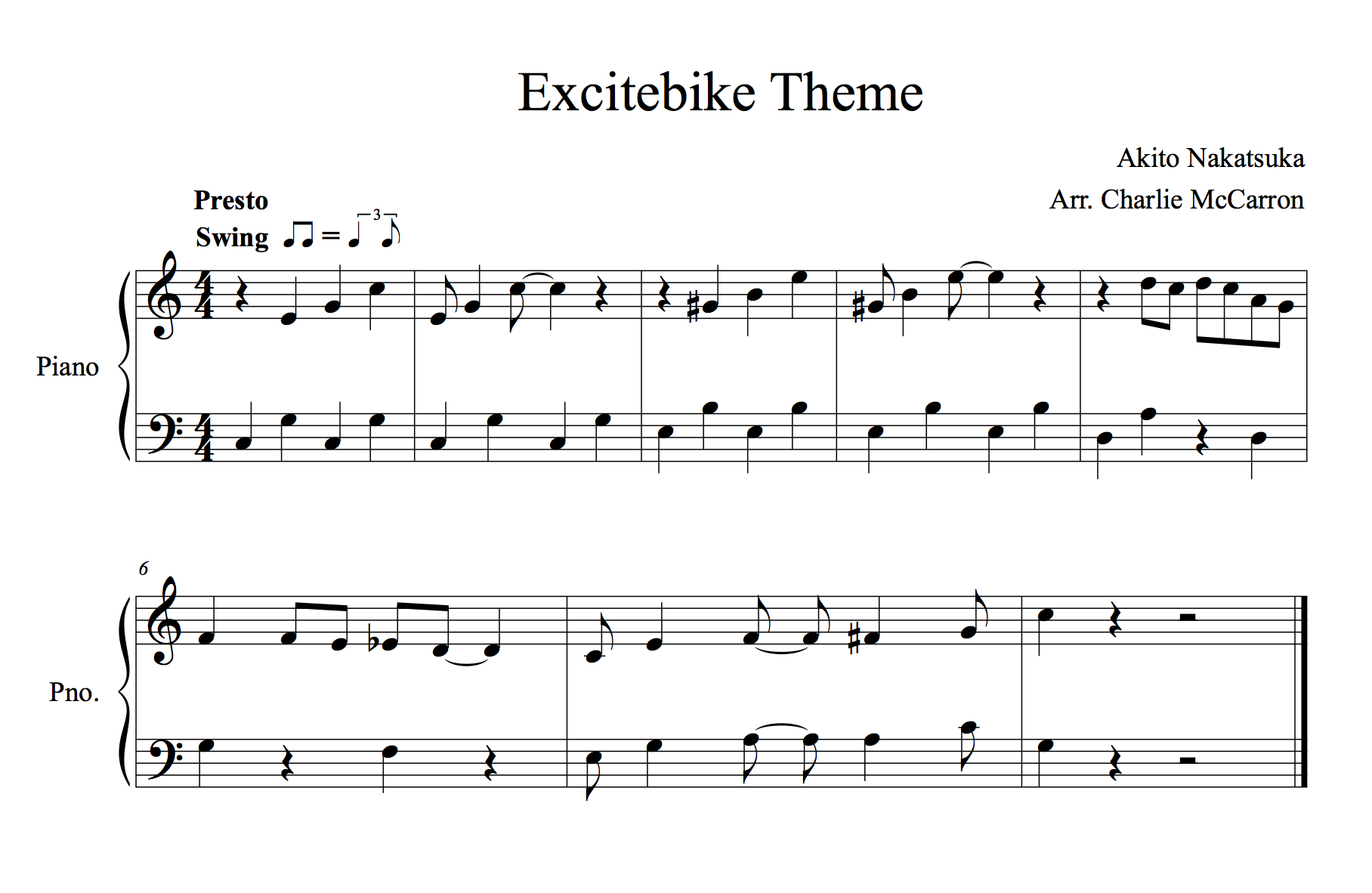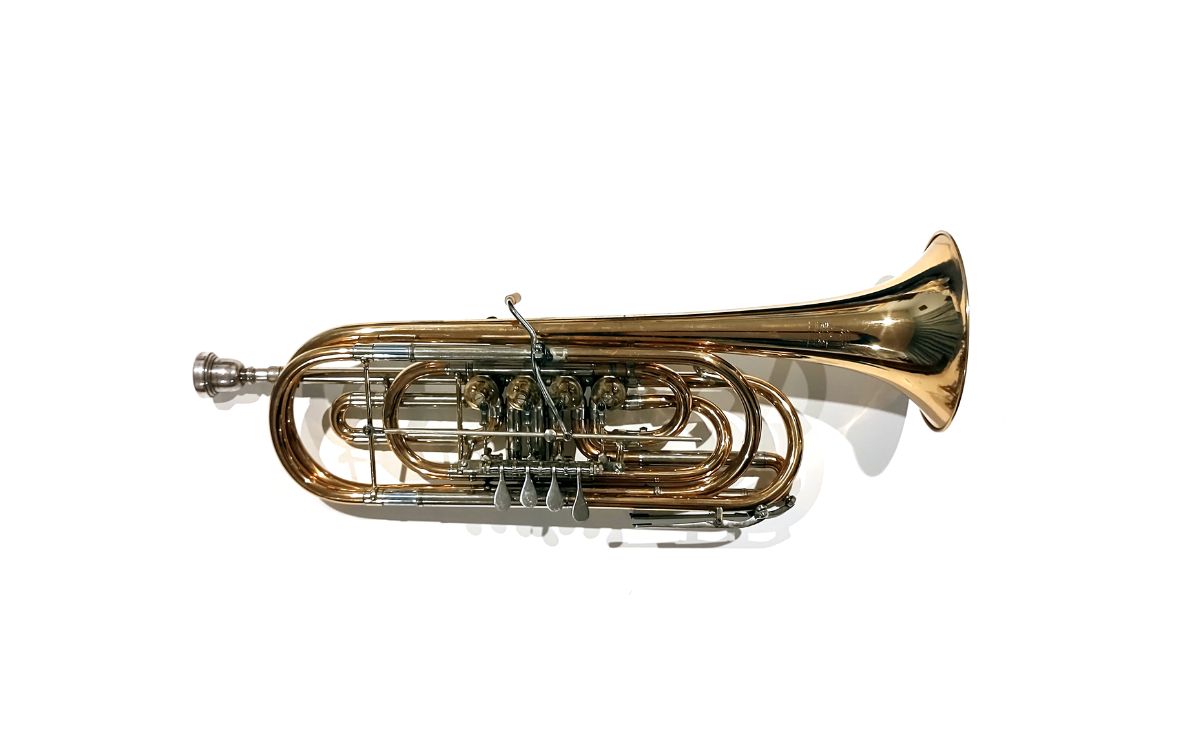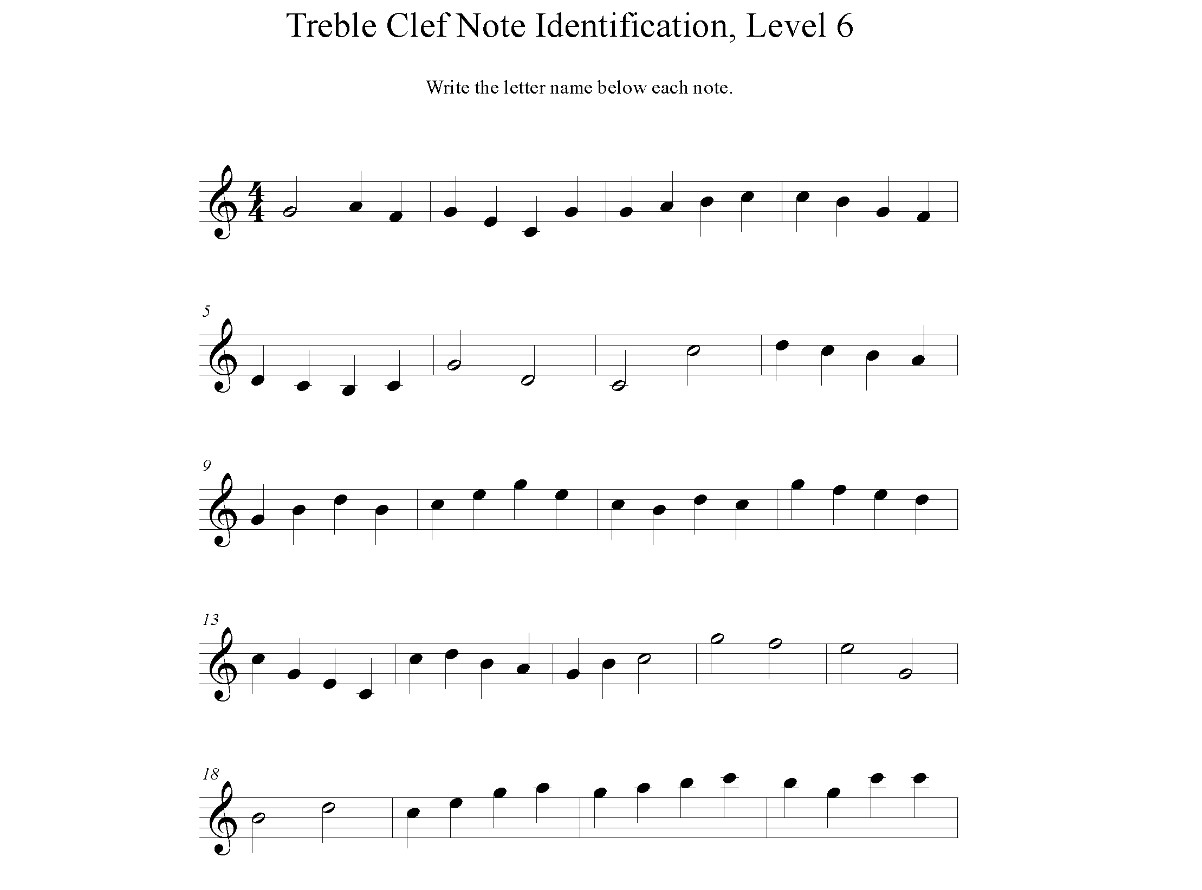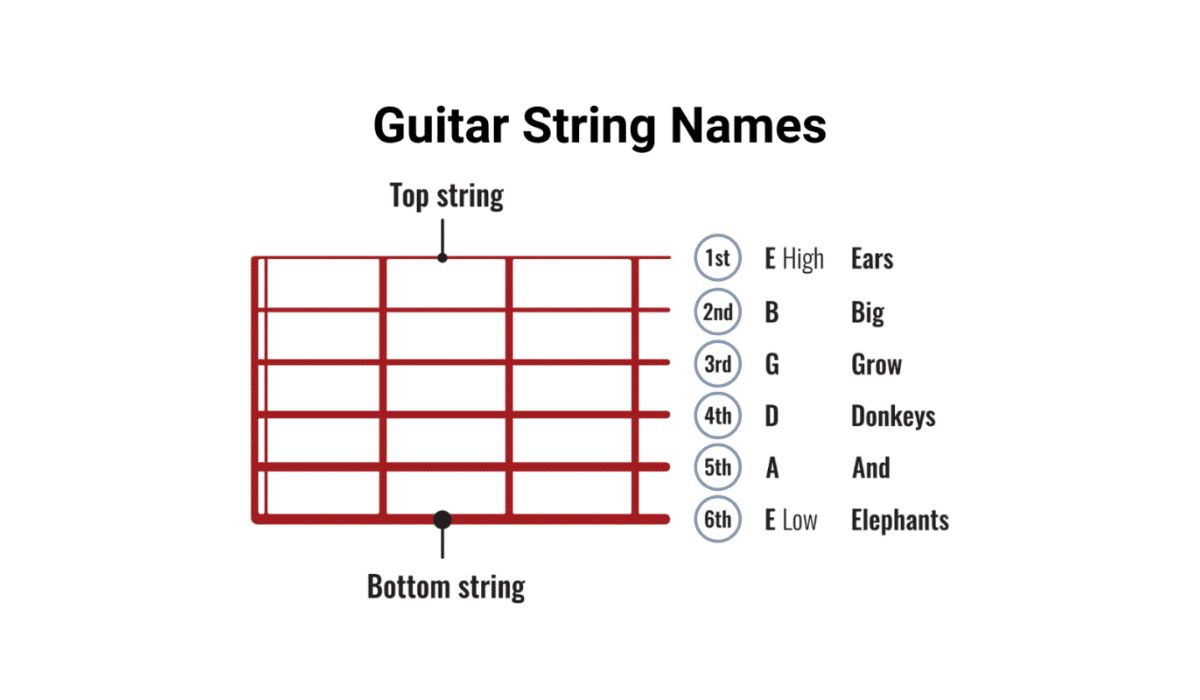Home>Instruments>Bass>How To Remember Notes On Bass Clef
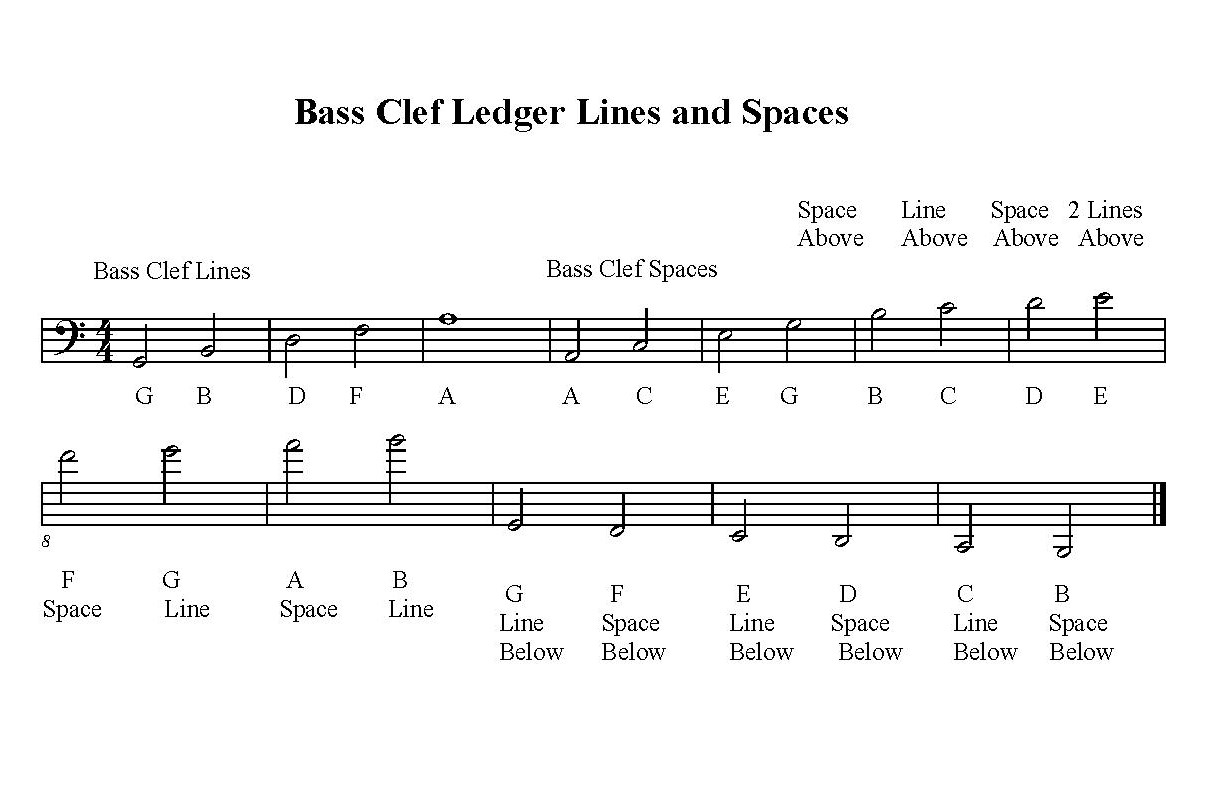

Bass
How To Remember Notes On Bass Clef
Modified: January 22, 2024
Learn how to easily remember notes on the bass clef with our step-by-step guide. Master the bass with our effective techniques and become a skilled bass player.
(Many of the links in this article redirect to a specific reviewed product. Your purchase of these products through affiliate links helps to generate commission for AudioLover.com, at no extra cost. Learn more)
Table of Contents
Introduction
The bass clef is an essential element of sheet music for bassists and anyone interested in understanding music theory. It is represented by a symbol resembling a backwards “C” with two dots, and it is used to notate the lower pitch ranges of musical compositions.
Learning to read and recognize the notes on the bass clef staff can be a daunting task for many musicians, especially if they are primarily familiar with treble clef notation. However, with the right techniques and practice, it is entirely possible to master the bass clef and remember notes with ease.
In this article, we will explore various strategies and techniques to help you remember the notes on the bass clef. Whether you are a beginner who has just started learning the bass or an experienced musician looking to strengthen your note recognition skills, this guide will provide you with the tools and knowledge you need to succeed.
Before delving into specific memorization techniques, it is important to have a foundational understanding of the bass clef and its note names. Let’s start by exploring the basics of the bass clef and how it differs from the treble clef.
Bass Clef Basics
The bass clef, also known as the F clef, is used to notate the lower frequencies and pitch ranges in sheet music. It is primarily used for instruments with lower registers, such as the bass guitar, double bass, and tuba. The symbol for the bass clef resembles a backwards “C” with two dots positioned on either side of the line in the middle.
One of the key differences between the bass clef and the treble clef is the position of the notes on the staff. In the bass clef, the notes are positioned lower on the staff compared to the treble clef. The note positioned on the second line from the bottom of the staff in the bass clef is the note F, giving it the name “F clef.”
The five lines of the bass clef staff, from bottom to top, represent the notes G, B, D, F, and A. The spaces between the lines represent the notes A, C, E, and G. It is crucial to familiarize yourself with these note positions on the staff, as they will serve as the foundation for understanding and reading sheet music in the bass clef.
Additionally, it is important to understand the concept of ledger lines in the bass clef. Ledger lines are additional lines that extend above or below the staff to accommodate notes that fall outside the standard range. These lines are used to notate higher or lower pitch notes that cannot be represented within the confines of the five-line staff.
Now that we have covered the basics of the bass clef, let’s move on to understanding and memorizing the note names on the bass clef staff in the next section.
Understanding Note Names on the Bass Clef Staff
When reading sheet music in the bass clef, each line and space on the staff corresponds to a specific note. Understanding the note names on the bass clef staff is fundamental to reading and playing music accurately. Let’s explore how the notes are named on the bass clef staff.
The five lines of the bass clef staff, from bottom to top, represent the notes G, B, D, F, and A. An easy way to remember these notes is to use the mnemonic “Good Boys Do Fine Always.” Each letter of the mnemonic represents the note name of the lines, starting from the bottom.
Similarly, the spaces between the lines on the bass clef staff represent the notes A, C, E, and G. To recall these notes, you can use the mnemonic “All Cows Eat Grass,” with each word representing the note name of the spaces.
It is essential to practice identifying these notes on the staff until you can easily recognize them without hesitation. Start by using flashcards or online resources to test your knowledge of bass clef note names. As you become more familiar with the names of the notes, you can gradually increase the difficulty by incorporating ledger lines and notes outside the standard staff range.
Remember that learning the note names on the bass clef staff is only the first step. It is equally important to know the corresponding finger positions on your instrument. For bass guitarists, it is crucial to associate each note with its respective fret on the instrument. This knowledge will allow you to translate sheet music into actual musical performance easily.
Now that we have covered the basics of note names on the bass clef staff, let’s explore some acronyms and mnemonics that can help you remember these note names in a more intuitive and memorable way.
Acronyms and Mnemonics for Remembering Note Names
Remembering note names on the bass clef staff can be made easier with the help of acronyms and mnemonics. These memory aids provide a clever way to associate the note names with memorable phrases or patterns. Let’s explore some popular acronyms and mnemonics that can assist in remembering bass clef note names.
1. FACE: Similar to the treble clef, the bass clef also has an acronym that represents the notes on the spaces. FACE stands for the notes F, A, C, and E, which are the note names of the spaces from bottom to top on the bass clef staff. This simple mnemonic can be a helpful starting point for beginner bassists.
2. Every Good Boy Deserves Fudge: This mnemonic is commonly used for both the treble and bass clef staves. On the bass clef staff, it represents the notes E, G, B, D, and F on the lines from bottom to top. This catchy phrase makes it easy to remember the first letters of each note name in order.
3. Good Boys Do Fine Always: This mnemonic, mentioned earlier, is another useful acronym for remembering the notes on the lines of the bass clef staff from bottom to top. Each word matches the first letter of the note names G, B, D, F, and A.
4. All Cows Eat Grass: This mnemonic, also mentioned earlier, represents the notes A, C, E, and G on the spaces from bottom to top. It provides a memorable phrase to help recall the note names of the spaces on the bass clef staff.
These mnemonic devices can provide a helpful starting point, but it is important to maintain consistent practice and reinforcement to internalize the note names on the bass clef staff. As you progress in your musical journey, you can explore other creative ways to associate notes with memorable phrases or images that resonate with your own learning style.
In the next section, we will dive into specific memorization techniques to boost your ability to recall bass clef note names effortlessly.
Memorization Techniques for the Bass Clef
Memorizing the notes on the bass clef staff requires practice and repetition. However, with the right techniques and approaches, you can expedite the learning process and improve your ability to recall bass clef note names. Let’s explore some effective memorization techniques that can help you master the bass clef.
1. Visualization: Imagine the shape: Visualize the shape of the bass clef symbol and associate it with the sound and feel of lower-pitched notes. By creating a mental image of the clef and its position on the staff, you can enhance your memory of the bass clef notes.
2. Note-by-Note Approach: Break it down: Rather than attempting to memorize all the notes at once, start with one note at a time. Focus on learning the names and positions of individual notes before moving on to the next. This method allows for more focused and manageable learning.
3. Flashcards: Use visual aids: Create flashcards with the note names on one side and the corresponding positions on the bass clef staff on the other. Quiz yourself regularly by flipping through the flashcards and trying to recall the correct names and positions. This technique reinforces your knowledge and improves memory retention.
4. Repetition and Practice: Practice makes perfect: Regularly practice reading sheet music in the bass clef. Gradually increase the complexity by incorporating notes outside the standard staff range and assigning them their respective positions. The more you practice, the more naturally the note names will come to you.
5. Associative Techniques: Create meaningful connections: Make connections between the note names and familiar objects or patterns. For example, associating the note D with the word “dog” or the note C with the shape of a crescent moon. These associations can assist in remembering the note names more effectively.
6. Mnemonic Devices: Utilize memory aids: As mentioned earlier, acronyms and mnemonics like FACE, Every Good Boy Deserves Fudge, Good Boys Do Fine Always, and All Cows Eat Grass can serve as memory aids. Create your own mnemonics if necessary, making them personal and memorable.
Remember that memorizing note names on the bass clef staff is a gradual process that requires consistent effort. Practice regularly, remain patient, and celebrate your progress as you gradually improve your ability to recognize and recall bass clef note names.
In the next section, we will discuss how to reinforce and solidify your bass clef note recognition through effective practicing techniques.
Practicing and Reinforcing Bass Clef Note Recognition
Practicing and reinforcing your bass clef note recognition skills is crucial for developing fluency in reading sheet music. By incorporating dedicated practice sessions and specific techniques, you can strengthen your ability to quickly identify and play the correct notes on the bass clef staff. Let’s explore some effective strategies for practicing and reinforcing bass clef note recognition.
- Flashcards and Quizzes: Utilize flashcards or online quizzes to test your knowledge of the bass clef notes. Create flashcards with note names written on one side and their corresponding positions on the staff on the other side. Regularly review them to reinforce your memory of the note names and positions.
- Sight-Reading Exercises: Practice sight-reading exercises specifically designed for the bass clef. Start with simpler melodies and gradually progress to more complex musical passages. Engaging in regular sight-reading exercises not only improves your note recognition but also enhances your overall musical skills.
- Interval Training: Develop your ear-training skills by practicing intervals on the bass clef. Train yourself to recognize the distance between two notes and identify the interval accurately. This exercise helps with note identification and improves your ability to read music fluently.
- Rhythmic Note Recognition: Incorporate rhythm exercises into your bass clef practice routine. Focus on recognizing the note names while also paying attention to the rhythm. This approach enhances your ability to quickly identify both the pitch and duration of the notes.
- Transcription and Transposition: Challenge yourself by transcribing melodies or specific bass lines from songs you enjoy. This exercise sharpens your ability to identify bass clef notes and trains your ears to recognize different musical patterns. Additionally, try transposing melodies to different keys to increase your familiarity with note positions on the bass clef staff.
- Interactive Apps and Games: Explore interactive apps or games designed to improve bass clef note recognition. There are several mobile applications and online resources available that offer fun and engaging exercises to test your knowledge and help reinforce your learning.
Consistency and regular practice are key when it comes to reinforcing your bass clef note recognition skills. Aim to practice for short but focused periods rather than long, sporadic sessions. By incorporating these techniques into your practice routine, you will steadily improve your confidence and fluency in reading and playing music written on the bass clef staff.
In the next section, we will provide some additional tips to help you enhance your bass clef note recall and further improve your proficiency in playing the bass.
Tips for Improving Bass Clef Note Recall
In addition to practicing and reinforcing your bass clef note recognition skills, there are several tips and techniques that can further enhance your ability to recall and play notes on the bass clef staff. Implementing these strategies into your practice routine can boost your confidence and proficiency. Let’s explore some helpful tips for improving bass clef note recall:
- Review and Revisit: Regularly review the notes on the bass clef staff, even after you have become familiar with them. Revisit flashcards, quizzes, or other practice materials to reinforce your memory and prevent forgetting.
- Contextualize with Sheet Music: Use actual sheet music to practice reading and recognizing bass clef notes in a musical context. By putting the notes into a musical context, you can better understand their purpose and function in a piece of music.
- Use Technology: Take advantage of technology tools such as music notation software, online trainers, or mobile apps specifically designed for improving bass clef note recall. These resources can provide interactive exercises, feedback, and progress tracking to aid your learning process.
- Play Along with Recordings: Play along with recordings of songs that utilize the bass clef. This exercise helps you connect the visual representation of the note on the staff with its actual sound on your instrument, reinforcing your recognition and playing skills.
- Practice in All Keys: Expand your practice repertoire by playing exercises and melodies in different keys. This not only broadens your musical understanding but also strengthens your ability to recognize note patterns across various positions on the bass clef staff.
- Seek Feedback from a Teacher or Mentor: Consider working with a bass teacher or mentor who can provide guidance and feedback during your learning journey. They can offer valuable insights, correct any mistakes, and provide personalized tips to improve your bass clef note recall.
- Record and Review: Record yourself playing bass clef exercises or pieces of music and listen back to them. This allows you to actively assess your note recall accuracy and identify areas that may require further practice and improvement.
- Engage in Active Listening: Listen to a variety of music that prominently features the bass. Pay attention to the bass lines and try to identify the corresponding notes on the bass clef staff. Active listening can help reinforce your understanding and recognition of different bass clef notes.
- Patience and Perseverance: Remember that learning to recall bass clef notes takes time and effort. Stay patient and remain persistent in your practice routine. Celebrate small victories along the way, as each step forward brings you closer to mastering bass clef note recall.
By utilizing these tips and techniques consistently and incorporating them into your practice routine, you will significantly improve your bass clef note recall and overall proficiency in playing the bass. Remember to enjoy the process, stay motivated, and take pride in your progress as you continue to develop your skills in reading and playing music on the bass clef staff.
Now that you have a repertoire of techniques and strategies to enhance your bass clef note recall, let’s summarize and conclude our exploration of the topic in the next section.
Conclusion
Mastering the ability to recall notes on the bass clef staff is a valuable skill for any bassist or musician interested in understanding and reading sheet music. While it may seem intimidating at first, with dedication, practice, and the use of effective memorization techniques, you can confidently navigate the world of the bass clef.
In this article, we covered the fundamentals of the bass clef, including its symbol and the positioning of notes on the staff. We explored various acronyms and mnemonics that help in memorizing note names on the bass clef staff, as well as techniques for reinforcing your learning.
By practicing regularly, engaging in sight-reading exercises, and utilizing flashcards, you can strengthen your ability to recognize and remember bass clef notes. Additionally, incorporating interval training, transcribing melodies, and testing your skills with interactive apps or games will further enhance your proficiency.
Remember to be patient with yourself throughout this learning process. Building solid foundations and improving your bass clef note recall takes time and effort. Strive for consistent practice, use technology to your advantage, seek feedback from experienced teachers, and engage in active listening to reinforce your skills.
Ultimately, with dedication and perseverance, you will notice significant progress in your ability to read and play music in the bass clef. Embrace the challenges, celebrate your achievements, and enjoy the journey of unlocking the beauty and depth that the bass clef has to offer.
So, pick up your bass, dive into the world of the bass clef, and let your musical journey continue to unfold with confidence and excellence.


